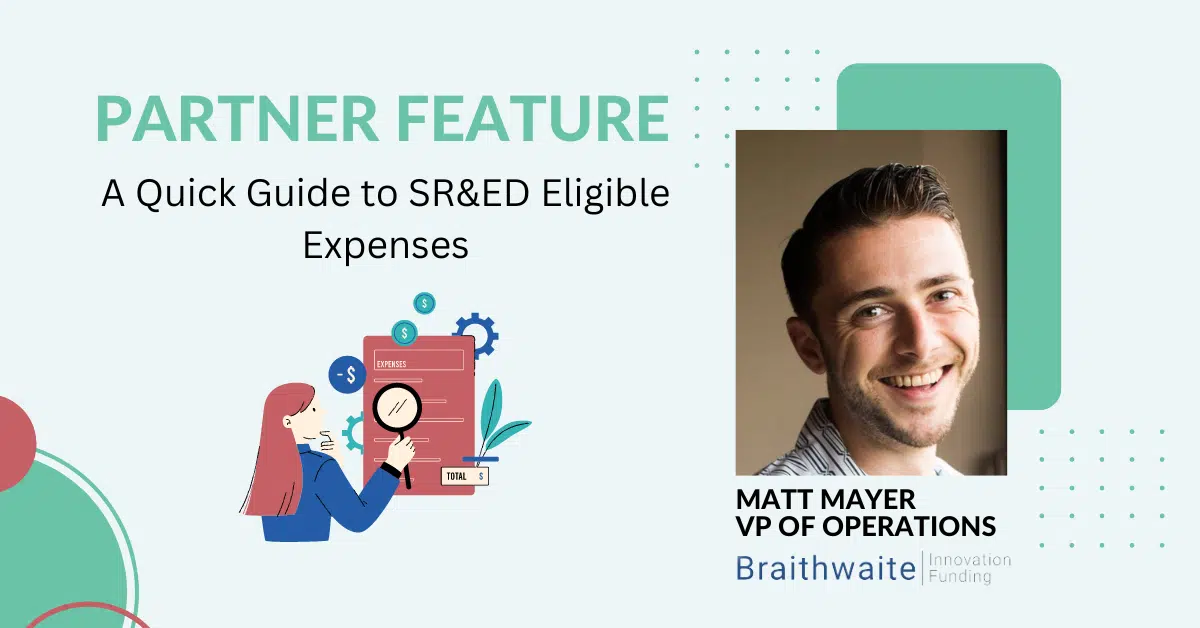Reading time: 5 minutes
As a founder, you put in blood, sweat and tears into your company. And yet, you only make money when one of two things happen; your company becomes profitable or when you sell your share. For most startups, the focus in the first few years is on growth rather than profit, meaning if your company starts making money, you’ll keep reinvesting it back to scale the business and hit the next milestone. This is why every founder should have an exit strategy from the day they start the company.
Why you should have an exit strategy
1. You like the startup founder role, but not the big executive role
Founding a company and building it from the ground up can be as exciting as it is exhausting. If swimming against the current is your thing, you’ll want to exit your company when it’s well established and begin your next startup adventure.
2. Equity investors only get paid back with an exit event
While private companies have valuations, investors don’t get to access their initial investment (or returns) until their equity is sold.
3. Startups with an exit plan maximize investor returns
Investors are looking for the maximum ROI. And so, if you don’t have a clear path to growth, profitability and eventually an exit that grants them an attractive return, they won’t be interested in investing in your business.
There are several options for you to consider when thinking about an exit. Ultimately, the path you choose depends on circumstances such as business size, industry, stage, profitability, and most importantly for startups; technology.
Exit strategies:
Below we break down five of the most common exit strategies. Each has its own set of pros, cons, costs, timeline, and outcome. Understanding all these can help put you on the right path and find investors who share the same goals.
M&A – merger or acquisition by another company
A merger is when two separate companies are combined. An acquisition, on the other hand, is the takeover of one company by another. In an acquisition, the company that has been purchased ceases to exist as it’s absorbed into the buying company. Mergers are generally less common than acquisitions.
An acquisition could be a win-win situation if your startup is bought by a larger peer or competitor. This allows you and your investors to cash out while the buying company gets talent, skills, customers, and technology. It could also be a last resort if your company is in serious trouble. An acquisition can help salvage some of what you have built as the buyer will shift the direction of the technology to achieve some of their goals.
One of our clients, Mobeewave was recently purchased by Apple for a reported $100 million.
M&A’s can take time to be finalized, so you need to ensure that your startup stays afloat until the deal is signed, sealed and delivered. If your runway is short, you should consider bridge financing.
Private offering/placement
A private equity firm, or a group of investors can offer to buy your company. This way, your company continues to exist while you and your investors get to cash out. The buyer will then take on scaling the company and hitting its next milestones while you get to embark on your next entrepreneurial journey.
Private offerings take less time and cost less money to get done. What’s the cherry on top? Since the company is often bought with the intention of growing it, the legacy of what you’ve built lives on.
Liquidate assets
Let’s start by saying that this is not an ideal situation as it usually happens when a company is in financial distress. The assets you can liquidate don’t only include real estate and tangible assets, but also intellectual property including the tech you’ve developed. There are intangible assets such as business relationships, reputation and your social media presence that you would not be able to capitalize on. In some cases, companies don’t receive their SR&ED refund if they’ve closed down.
However, liquidation can be the best option when it’s time to cut your losses and move on. When you liquidate your assets, you can pay off any outstanding debts, pay out your investors and keep the rest (if any) for yourself.
IPO
For many entrepreneurs, going public is a monumental event that means your business has finally made it. Other than being the ultimate stamp of approval, an IPO allows a company to access a sizeable amount of capital to fuel further growth while providing liquidity for founders and investors. Going public can also help you attract talent and establish stronger business relationships.
Your first public offering will be very expensive and time-consuming, but given the high valuation of public companies, you’ll have a serious cash influx. An IPO means relinquishing some control and the pressure will be on you from both stockholders and market analysts when it comes to the company’s performance.
No exit
If your plan is to turn your startup into a family business that grows organically without taking on investments, then no exit strategy is a good exit strategy. Investors, especially, venture capitalists, want to see a clear exit strategy in your business plan before they commit any capital to help your startup scale. So if you don’t plan on ever exiting, make sure you have another plan for obtaining capital such as venture debt.
Exiting your startup doesn’t mean giving up on your business or getting off the entrepreneurial ride. It means having an outcome that rewards all your hard work and works best for you and the investors that believed in your business. The right exit strategy can set you up for success whether that’s growing your company on your own, letting others help you, or moving on to the next chapter of your life.
At the end of the day, you need to know how you and your investors will make your money back. As time goes on, your exit strategy might change depending on the economy, the stage the company is at, and where you are in your life, but knowing what you want out of the business from the get-go can help you streamline your efforts to get there.




